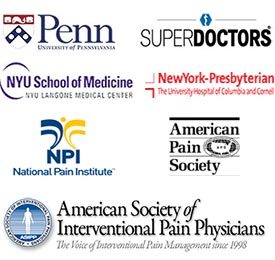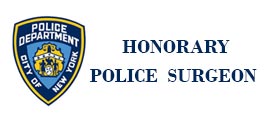Stenosing Tenosynovitis (Trigger Finger / Thumb) Doctors NYC
At Manhattan Pain and Sports Associates you’ll get the Stenosing Tenosynovitis (trigger finger or thumb pain) diagnosis, management pain, and doctor’s care you need to reduce or eliminate your pain. Because when you’re in pain — whether it’s from an accident, sporting injury, age, or ailment — you want relief quickly. Appropriate and targeted trigger finger / thumb pain management and treatment starts with a proper diagnosis from your NYC pain management specialist.
Trigger Finger or Thumb
Stenosing tenosynovitis, which goes by the more common name of “trigger finger,” is a curious condition used to describe when one of your fingers or your thumb gets stuck in an awkward, bent position. It’s possible to snap it back into place, much like pulling the trigger on a gun. In extreme cases, you may need the services of a Manhattan pain management specialist because your finger could get stuck in the bent shape and cause you great discomfort.
Trigger finger happens when the space surrounding the tendon on that finger becomes inflamed and the opening is narrowed. The kind of treatment you’ll receive depends a great deal on how severe your condition is and how much pain you’re experiencing.
Pulling the Trigger
There isn’t a lot you can do to prevent trigger finger from occurring. It usually happens as a result of repetitive motion, at your job or during a particular sport. It might occur if the hobby you engage in requires you to squeeze your hand a lot, such as when you grip a golf club tightly or work with clay.
Women are more prone to developing trigger finger than men. People with diabetes or rheumatoid arthritis also are more prone to trigger finger than healthy adults.
How You Can Tell
Trigger finger is most likely to occur on your ring finger, middle finger or thumb. It also can target more than one finger at a time — and even on both hands at the same time. The bend, called “triggering,” usually is more severe when you wake up in the morning and may relax some during the day.
Other symptoms of the tendon inflammation in your finger can include:
- In the beginning, your finger pops and locks in a bent position for a short while and then straightens out again.
- One or more fingers are particularly stiff in the morning before you warm them up.
- You hear popping and clicking in one finger.
- You feel a bump, or nodule, just under the skin on the finger that is popping.
- Your finger clicks and bends and remains bent.
What Can You Do?
Your NYC pain management doctor may begin treatment by popping your finger back into place and applying a splint on it until the inflammation subsides. You should at least wear the splint while you’re sleeping. Other treatment options include:
- Stopping or reducing the amount of pressure you put on that hand and refrain from using your fingers for gripping. Avoid any vibrating machine that you have to grip to use.
- Stretching your finger to improve mobility and work out the kinks.
- Taking anti-inflammatories can help reduce the pain, but usually has little effect on the swelling that’s restricting the affected tendon.
- Soaking your hand in warm water sometimes helps, as does applying ice and heat alternately.
- Injecting steroids directly into the tendon can help it once again glide like it’s supposed to.
- Breaking up the tissue can be done with a needle in the office, while your hand is numbed.
When all else fails, surgical intervention to release the restricted tendon may be required. But that’s the last option for your NYC pain management doctor.
Get the Pain Relief You Need
Your NYC pain management doctor’s goal is to get you back to your normal routine with minimal downtime. After your trigger finger diagnosis is confirmed, your doctor begins your pain management and treatment plan with the most conservative pain relief treatment. You’ll always receive non-invasive pain relief before your doctor turns to more invasive procedures like surgery.
Manhattan Pain and Sports Associates
51 East 25th St, 4th Floor, Ste B
New York, NY 10010
(212) 533-3954



